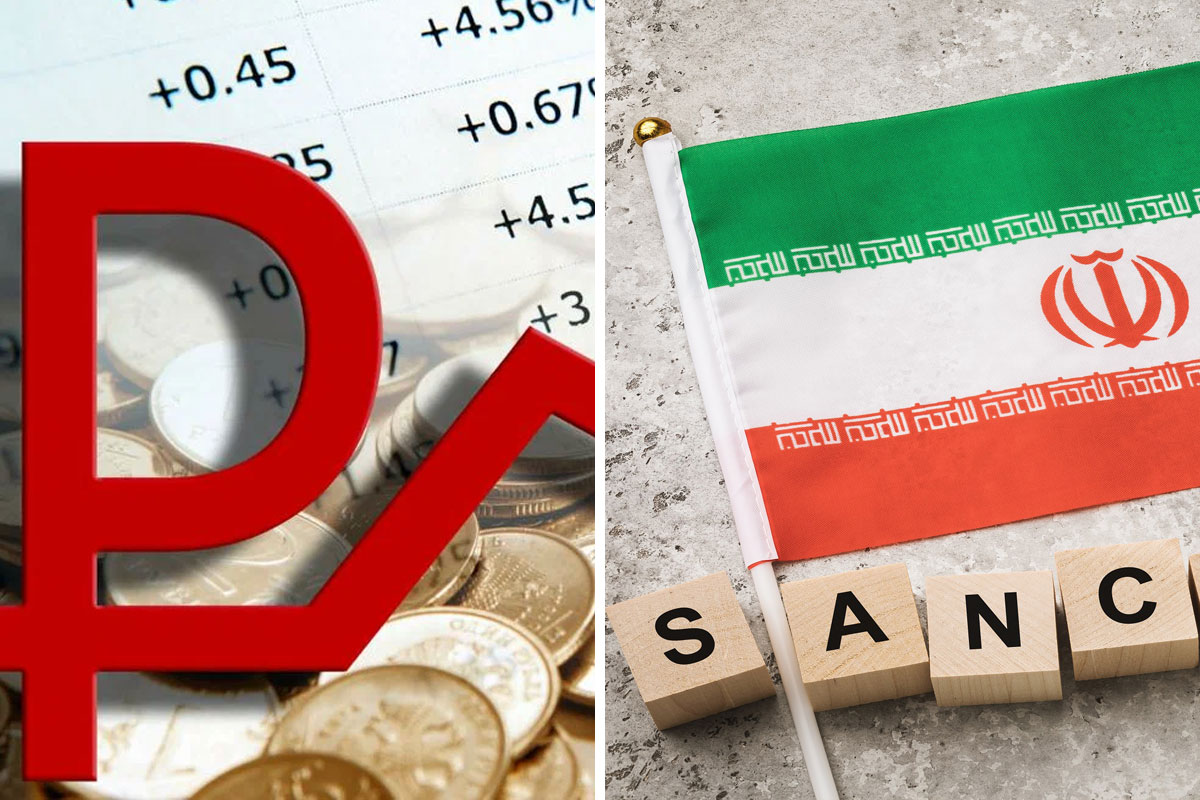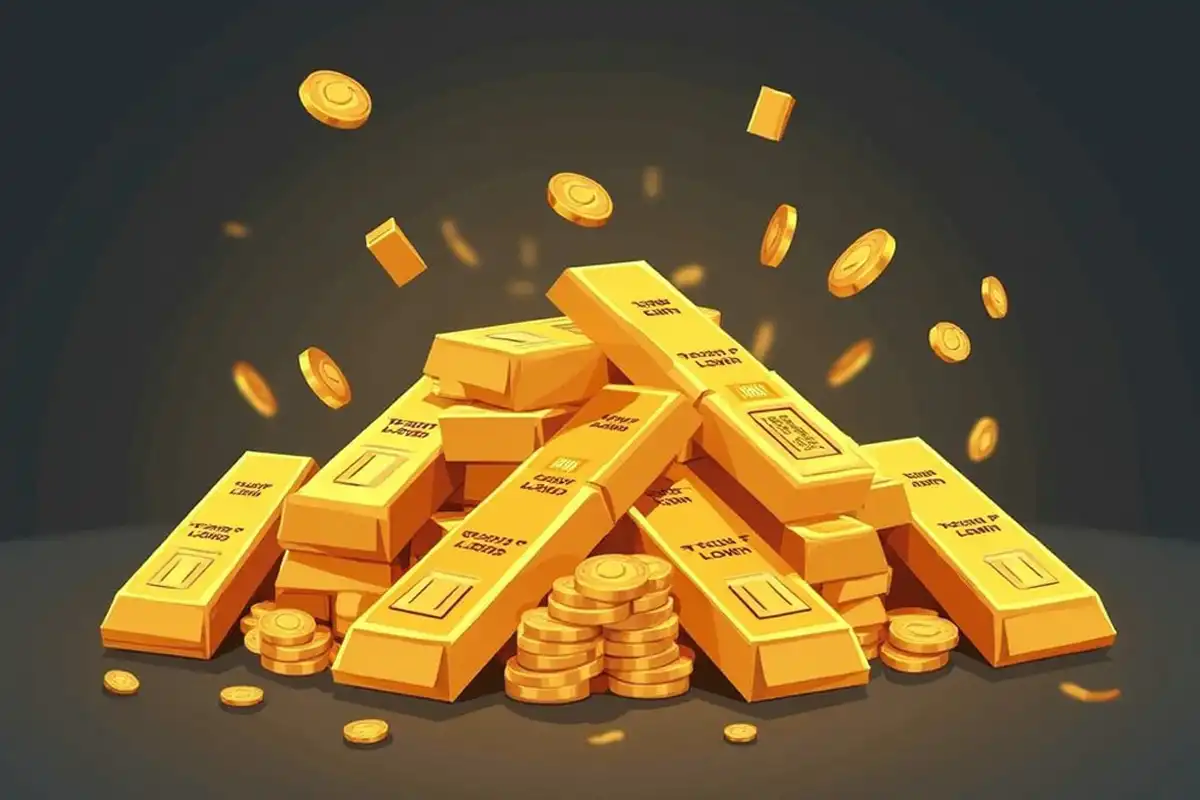The most relevant topic, warmed up by the smooth devaluation of the national currency relative to monetary units of unfriendly countries, causes recently, ordinary people have more and more questions - when and where the dollar exchange rate will stop to ruble .
Today, the cost of 1 USD has already reached 96.5 RUB (the growth from the level of relative stability of 70 rubles was 37.9%). The situation is similar with by the Belarusian ruble - the cost of 1 USD reached 3.12 BYN (the increase from the level of relative stability of 2.5 rubles was 25%).

No one can now accurately predict the maximum value of the US dollar, which will be optimal, primarily for the Russian budget, which will determine the level of its stability.
Let's just try, based on some historical facts, namely the Iranian scenario since 2013, to determine the "ceiling" of the possible growth of the American.
Of course, it is not necessary to draw a complete parallel to the situation in the Russian Federation with the situation related to the sanctions pressure on Iran, which began in 1979, and in 2013 passed into a new phase, because of the uranium enrichment work in early 2012.
Different countries, different level of technological development, GDP per capita, gold reserves, etc.
But, nevertheless, one thing connects these states - a significant share in the GDP of hydrocarbons (Iran about 50%, Russia- 20%), which create a precedent associated with dependence of these economies on foreign markets, which negatively affects the exchange rate of their national currencies under sanctions.
Iran, until recently 2022, was in first place in terms of the number of economic restrictions imposed by the United States. Since 2022, this position has been occupied by the Russian Federation by a large margin.
The year 2012 turned out to be especially difficult for Iran, when Europe supported the American oil embargo.

If you look at the official exchange rate of the US dollar to the Iranian rial over the past 15 years, you can see the dynamics of its growth in 2 stages:
- Stage 1 - with the transition from one stability level of 13 thousand IRR for 1 USD to 30 thousand IRR (an increase of 130%)
- Stage 2 - with the transition from 30 thousand IRR for 1 USD to 43 thousand IRR (an increase of 230% compared to 2013).
From 2019 to today, the official exchange rate of the dollar to the Iranian rial is in the zone of the 3rd exchange rate stability, which, apparently, is the most comfortable for the Iranian economy.
How did Iran achieve this?
These are mostly the same steps that the Russian Federation is currently taking - parallel imports, import substitution, reorientation to China, India, subsidies and support for key import sectors due to special exchange rates, etc.
How quickly the Russian Federation will solve these problems, mainly affecting the budget deficit, so quickly and this situation with the ruble exchange rate settles.
The fact that the ruble is devalued is not so bad from an economic point of view, because it solves many problems of the country, especially the economy of which, after all, is export-oriented.
The big danger lies in the fact that in conditions of high dependence on imports (if, with all the desire, you can not refuse it in any way) it can significantly spur inflation.
As to when and where the growth of the dollar against the ruble will stop, it can be estimated by the dynamics of the Iranian rial and its achievement of its 3rd level of stability over the past 10 years, constantly working under sanctions since 2012.
It is not worth being 100% categorical in such a forecast. Iran is not Russia after all. But we think there is something to think about!
When and where the dollar/ruble exchange rate will stop: we compare the Iranian scenario with the Russian one Somehow!


































